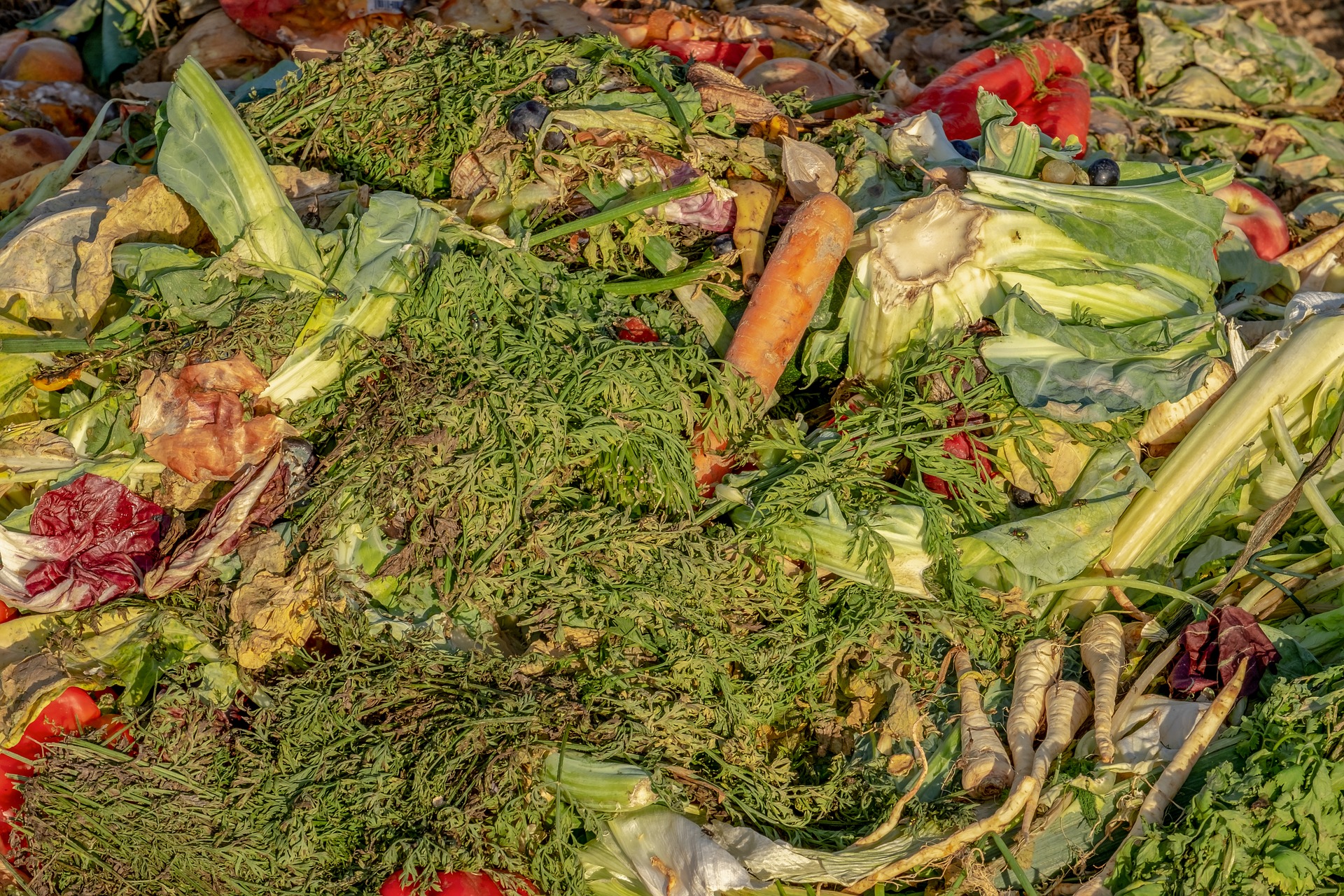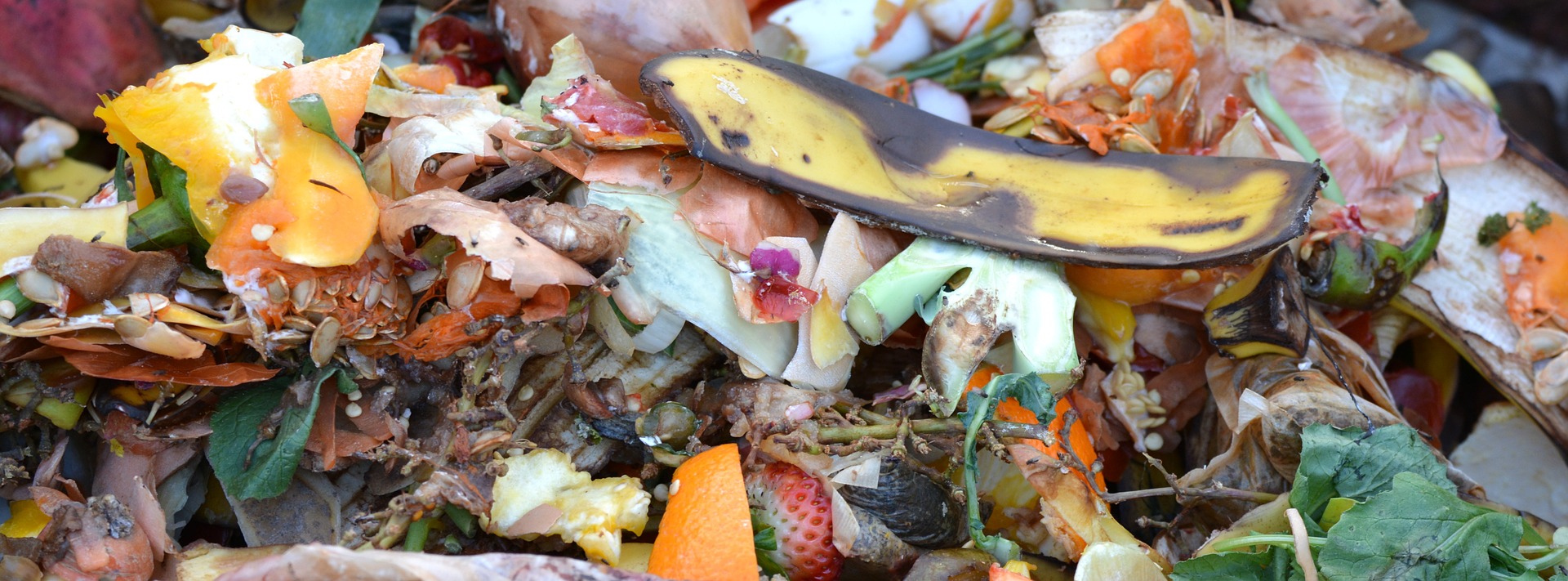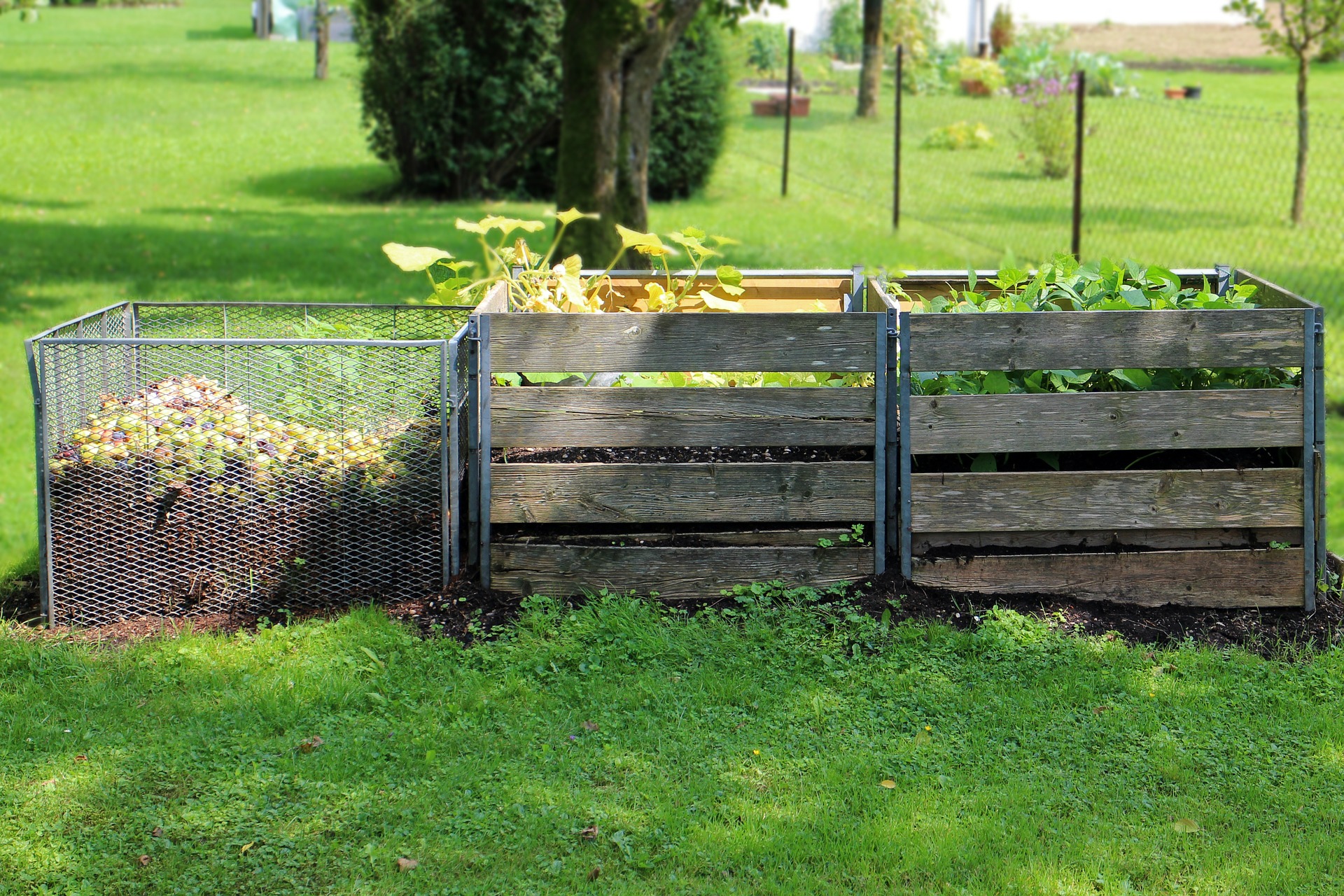This is the year when you finally fulfill the dream of planting several fruit trees in your back garden. It’s already clear that the process involves more than choosing to buy cherry trees online, digging a hole, and planting the trees. There will be a number of things you will do to care for those trees. One of them involves learning how to compost.
There’s more to compost than you may think. It may also come as a surprise that you don’t have to rely solely on compost that is purchased from a garden centre. It’s possible for you to learn how to compost at home and ensure there’s a steady supply on hand. Here’s what you need to know about compost, how to start your own compost pile, and even how to use it properly.

Understanding the Definition of Compost
What is compost? It’s a name given to purely organic materials that are intentionally gathered together and allowed to decompose under controlled circumstances. While it’s possible for compost to be composed of a single type of organic material, the more common approach is to include a variety of materials that have to do with different organic products.
Compost in a given area is often created using organic materials that are common within that location. They may also include other organic materials that were brought in from other areas, partially used, and seem destined to be discarded.

What’s the Point of Compost?
The purpose of compost is to prepare an element that can serve as fertilizer for soil. To that end, it can be used to nourish ground that you want to sod as a lawn. It can also be used to provide nourishment to the root system of any type of plant. That includes fruit trees.
In other words, you would use the compost to ensure any of the fruit trees that you purchase online and have delivered to your home have the nutrients needed to root properly and begin to thrive on your land. See it as a way to ensure that when you buy apricot tree for planting, it will have a good chance of settling in and starting to grow.

Things You Can Include in a Compost Pile
You may be surprised at what you can include in the compost pile. Many of the things that are commonly placed into a trash bin will serve as compost. That includes vegetable peelings like potato peels, apple peels, and other kinds of vegetable peels.
Fruit peelings and cores can also be included in your compost. Apple, pear, and orange peels are prime examples. You can also include the cores of fruits as well, such as apple and pear cores. If you enjoy some type of melon, the rind is also an excellent addition to the compost heap.
Grass cuttings can be included, along with any prunings that are left after you trim the hedges or cut back the limbs on a tree. Cardboard that’s not waxed is also something you can include; egg cartons and other paper that is free of any type of lamination or coating will break down and promote nitrogen production that your fruit trees can put to good use.
If you own livestock, it’s possible to include manure in the compost. As it dries, it will also release nitrogen that helps to make the compost more effective and more beneficial for your fruit trees.

Beginnings: How to Start Composting
Preparing to start your first round of composting is simple, but it does require following a few basic steps. Even if you’ve never gardened before, there will be no trouble following them.
- Select a location for the compost pile. Ideally, it should be placed in an area of the yard that’s not used for other purposes. Opt for an area that receives sunshine much of the day. Be sure to talk with your neighours before placing the compost pile near a property line.
- Identify organic materials that can be placed in the compost pile. Between discards from the kitchen and the cuttings from the yard, you will likely have more to include than originally thought.
- Collect the tools that you will use for adding to and working the compost pile. Some may already be in the tool shed; others will need to be purchased.
- While you do want to have the pile on bare earth, consider building an enclosure. This will make it easier for to contain the compost elements within a defined space while still allowing exposure to the sun.
These basic decisions will allow you to begin creating your first compost pile. As you go, there will be other tips and ideas that you can use to embellish the process.
Resources You Will Need for Composting
Depending on what you include in the compost pile, it’s possible to let nature take it’s course and break down all the elements. Keep in mind this approach does take longer. You can help things along by working the compost pile using a few resources. Here are the basics that will be needed:
- A wheelbarrow. This will make it easy for you to convey materials to the pile, as well as load the compost for transport to different areas of the garden.
- A pitchfork and shovel. You’ll need these for adding to, turning, and retrieving compost for use.
- An aerator. This device also helped turn the compost elements, allowing for the addition of oxygen throughout the mixture.
- A compost thermometer. Monitoring the temperature in the pile is important, since it will provide information about when to turn the elements and when to expect all of them to be fully decomposed.
- Disposable gloves and masks. Compost can be quite pungent; a mask will help you bear with the odor while working the pile. The gloves will ensure that you don’t come in direct contact with the bacteria found in the compost.
There are other resources that you may need, based on the size and content of the pile. You can find more suggestions for resources at the site where you purchase the fruit trees.

Creating Your First Compost Pile
Learning how to make a compost pile involves understanding the idea of adding the elements in layers. Begin with a dry element next to the bare earth. Follow that with a layer of some element that’s moist or wet. Repeat this pattern until all of the initial elements in the compost are exhausted.
Why layer in this manner? Doing so helps accelerate the decomposition process for all of the elements. Some draw in moisture while others begin to dry out faster. That triggers the production of nitrogen in less time and in more abundance.
About a week later, you can begin to turn the pile, effectively mixing the decomposing elements together. From that point on, add more materials to the top. Allow a few days for the decomposition to progress, then turn the pile so those elements are mixed in with the rest.
Making the Most of a Compost Bin
While a pile is a good way to produce usable compost in about a month’s time, there is another solution. You can create what’s known as a compost bin. The process is similar but provides another benefit that you might like.
Knowing how to start a compost bin follows the same basic process as starting a compost pile. You will layer the elements, turn them after a certain amount of time (often using an aerator), then collect a portion of the compost for use in your garden.
There are three differences between using a bin and having a pile. A pile is more appropriate for larger gardens that make it possible to keep it away from the house. A bin is self-contained, which can help minimize the spread of odor. Piles are open for pets and wildlife to scavenge, while a bin can be closed. Last, the elements in a bin are likely to be ready for use in half to three-quarters the time needed for elements in a pile.
Knowing When the Compost is Ready For Use
While you can generally depend on compost in a pile to be ready in a month, local weather conditions will have an impact. A climate that’s warmer and more humid will hasten the process somewhat.
Checking the compost after a turning will provide clues as to the readiness. If the materials seem to be broken down to being almost unrecognizable, then it’s ready. Keep in mind that if the fruit tree delivery is set to occur a week hence, that’s not an issue. The compost will just have a little more time to break down further and become more potent.
Spreading the Compost
Do spread the compost carefully. Wear protection while doing so. Make sure to remove any mulch that you have around the tree roots. If you’re planting trees that you ordered online and were recently delivered, it’s fine to add a small amount of compost around the roots before replacing the soil. Once the tree is planted, apply roughly a two-inch thick amount of compost around the base, then cover with straw or whatever you’re using for mulch.
Once you understand how simple it can be to make your own compost and use it to nourish those fruit trees that you purchased from a reputable online source, the process will become second nature. Along with always having something on hand to help encourage growth, it will also feel good to know that you’re taking elements that many people toss away and recycling them into a useful product.
Fruit-trees.com uses only the cleanest stocks available for propagation and provides detailed information about planting and care, in order to give your fruit trees the greatest opportunity for success.
Visit fruit-trees.com now to pre-order your new trees for spring or summer.




